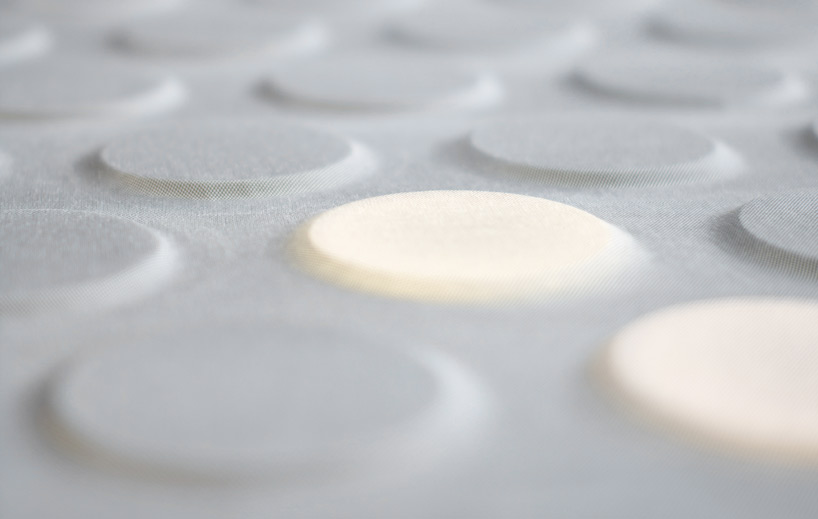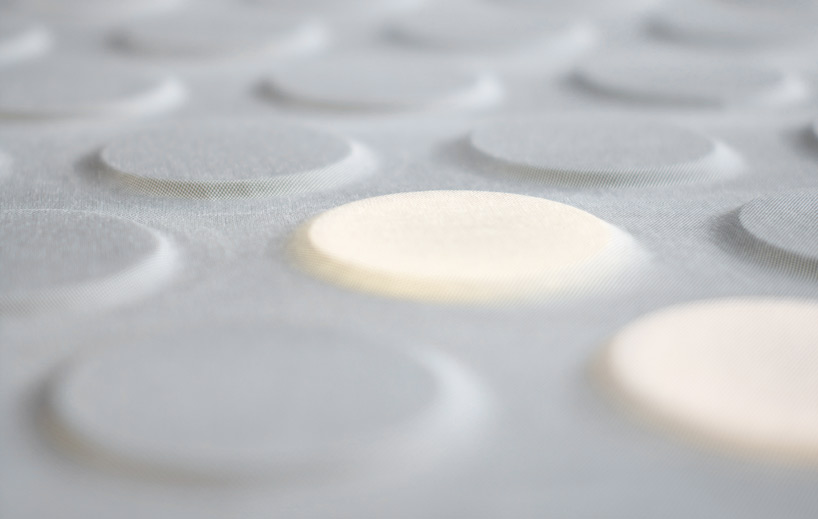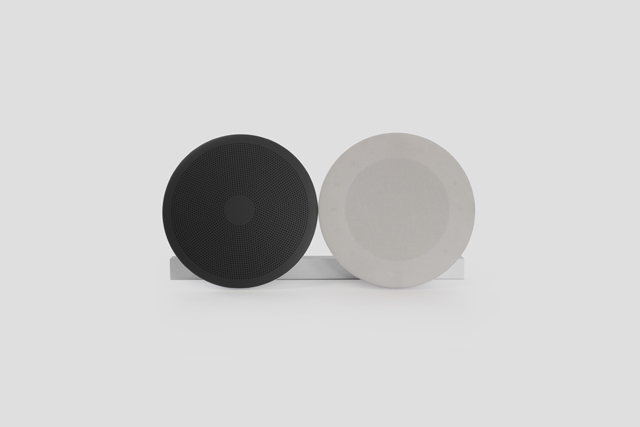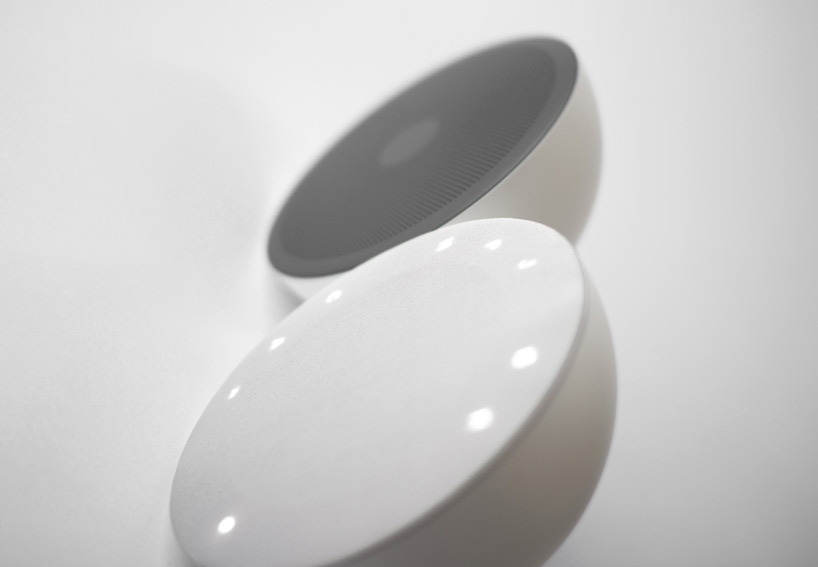Surface Matters
RCA Graduate Eunhee Jo creates a inventive tactile audio and lighting exhibition at the Design Museum


In a project that connects interface accessibility with digital experience, designer Eunhee Jo explores flexible material surfaces as two-dimensional planes, and how they can integrate with a product or an environment. Surface Matters, an initiative developed during the Design Museum's annual Designers in Residence programme, focuses on functional materials with the potential to respond to physical encounters.
Jo explains, "Everyday, we are engaged with physical objects that involve gestural interaction. Controlling interfaces such as 2D screens and touch screens have become conventional in our daily lives. The development of emerging technologies enables us to encounter digital interaction in products with more convenience. Existing interfaces however, remain as grey-scale buttons or controls, which inherit less emotional value in products."
Building on the audio technology from previous projects, Surface Matters consists of two main devices. Audio.01, a stand-alone hi-fi system that integrates a tactile fabric control interface into its design, and Lighting.02 that creates a new typology of light in an interior setting. The wall embedded OLED is a re-defined illumination surface that incorporates an alternative ambient light experience. Using Philips Lumiblade technology and fabrics provided from Kvadrat, the interactive pieces are highly adaptable; they remove the boundaries of shape and size associated with conventional lighting, as they involve intuitive tactile engagement to enable functions such as changing the colour temperature and intensity.
Taking a different route of tactile technology than your traditional touch-screens, Jo's project shares more similarities with the likes of the Hibou Radio, in that both are exploring alternative methods of tactile control and interface.





Discussion